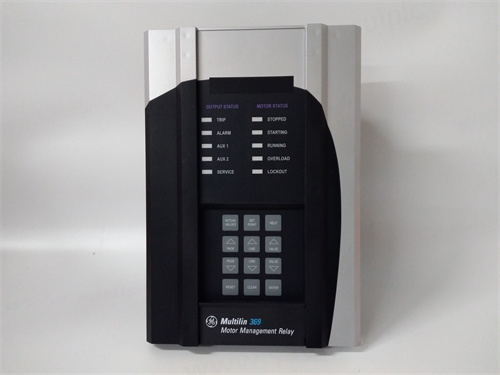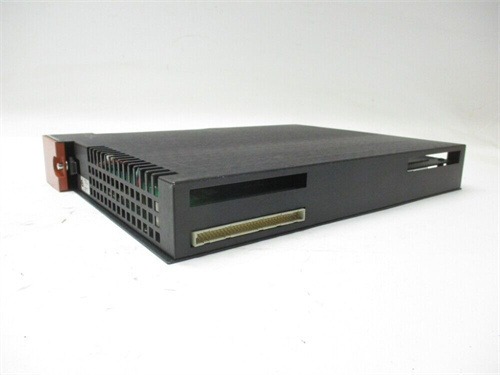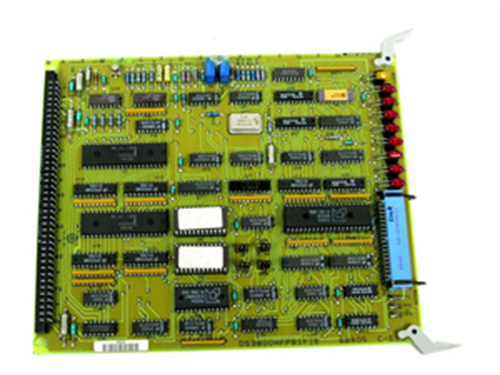Description

Parameters and Specifications:
- Voltage Range: 50-300 VDC / 60-265 VAC
- Rated Current: 6.8A
- Control Modes: Overload Protection, Undervoltage Protection, Overvoltage Protection, Single-phase Power Failure Protection, Ground Fault Protection, etc.
- Communication Interface: RS-232
Dimensions and Weight:
- Dimensions: 270mm x 180mm x 90mm (L x W x H)
- Weight: Approximately 3.5kg
Series:
- GE-369 Series Motor Protection Relay, offered by GE Automation, which includes various models to meet different power and functional requirements for motor protection applications

Features:
- Large contact capacity, suitable for controlling motor start, stop, and direction operations1.
- Long mechanical and electrical life, suitable for continuous operation in industrial automation equipment1.
- DIN rail mounting for easy installation in control cabinets or operator panels1.
- High protection level, able to adapt to harsh working environments with good dustproof, moisture-proof, and shockproof performance1.
- Small size, light weight, high reliability, and strong anti-interference ability

Functions:
- It is an electromagnetic relay that controls the opening and closing of circuits through the attraction and release of an electromagnet1.
- It can monitor voltage, wattage, frequency, and energy, and generate protection functions based on the generated value data2.
- It can immediately report the cause of tripping and the temperature and data values at the time of tripping after a trip, allowing users to analyze problems in the system2.
- It can notify users before tripping due to causes such as ground faults, mechanical blockages, or RTD over-temperature2.
- It can use learned information and the history of system trips to identify when and where maintenance may be needed











Reviews
There are no reviews yet.